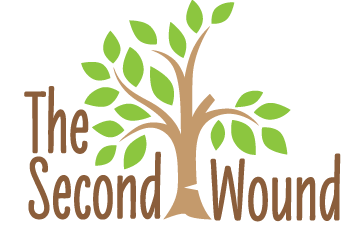Sadly, many survivors of abuse, assault, or trauma experience the second wound when disclosing their experiences to another person. This can look like minimization, shaming, disbelief, victim-blaming, silencing, ostracism, or a combination of all of these.
This is a serious form of re-victimization and also a trauma in itself. Naturally, survivors can feel confused, angry, and hurt by such reactions. Understanding how the second wound affects survivors is the first step towards healing. This experience is not uncommon, and it can help to read accounts from fellow survivors, as well as to educate yourself about abuse, hurtful reactions, and dysfunctional behaviors.
